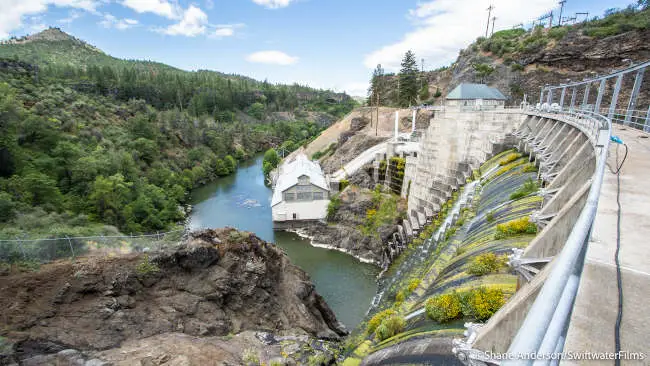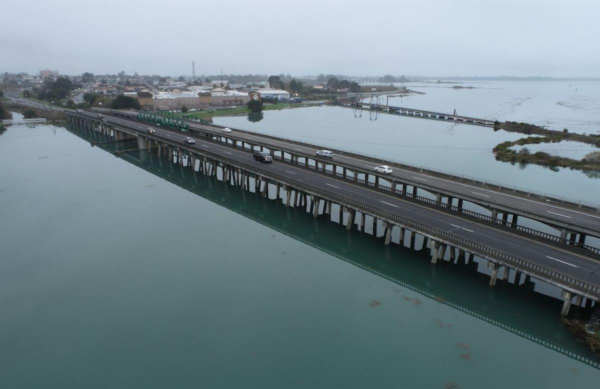- Caltrans
- Posted On
Humboldt County tribes collaborate with Clean California to enhance visitor amenities and services at Berry Summit Vista Point
The Berry Summit Vista Point along Route 299 is renowned for breathtaking views and starry nighttime skies, but it has long lacked key services for travelers.
The project will add toilet facilities, solar-powered electric vehicle charging stations, a picnic area featuring local drought-resistant vegetation, night-sky-friendly solar lighting, informational kiosks, and decorative garbage cans.
Expected to be completed by early summer, the $759,00 effort was made possible by Governor Gavin Newsom’s Clean California Initiative — a sweeping, $1.2 billion, multiyear clean-up effort led by Caltrans to remove trash, create thousands of jobs, and join with communities throughout the state to reclaim, transform and beautify public spaces.
These enhancements to the popular scenic overlook destination will improve safety, increase convenience, and make for a more enjoyable recreational experience for travelers from across the state.
"A major element of Clean California is to inspire local pride and stewardship,” said Caltrans Director Tony Taveras. “This project reflects that spirit through the involvement of many exceptional local development partners, including local tribes, Humboldt County, the Humboldt County Association of Governments, CHP-Humboldt, and CAL-ORE Life Flight.”
Yolanda Latham of the Whil'kut tribe added, "This project will surely help those traveling through our region and ancestral territory, and I hope that many families will feel a bit safer when traveling with the elderly and little ones."
Humboldt County Supervisor Steve Madrone added, “The efforts by Caltrans and the Clean California team have been commendable. The project at Berry Summit Vista Point was developed by reaching out to tribes and the community to make meaningful improvements.”
Clean California has funded 319 projects statewide to revitalize and beautify underserved communities, some of which are already complete and now sources of community pride. Projects are improving public spaces, tribal lands, parks, neighborhoods, transit centers, walking paths, streets, roadsides, recreation fields, community gathering spots, and places of cultural importance or historical interest in underserved communities.
Since launching Clean California in July 2021, Caltrans has removed nearly 2.3 million cubic yards of litter from state highways – or enough to fill about 700 Olympic-size swimming pools.
The program has also created more than 15,000 jobs that have helped Californians overcome barriers to employment and drawn more than 10,000 volunteers to events ranging from community cleanups to large debris collections for appliances, tires, and mattresses.
For further information, visit https://cleanca.com/.





 How to resolve AdBlock issue?
How to resolve AdBlock issue? 




